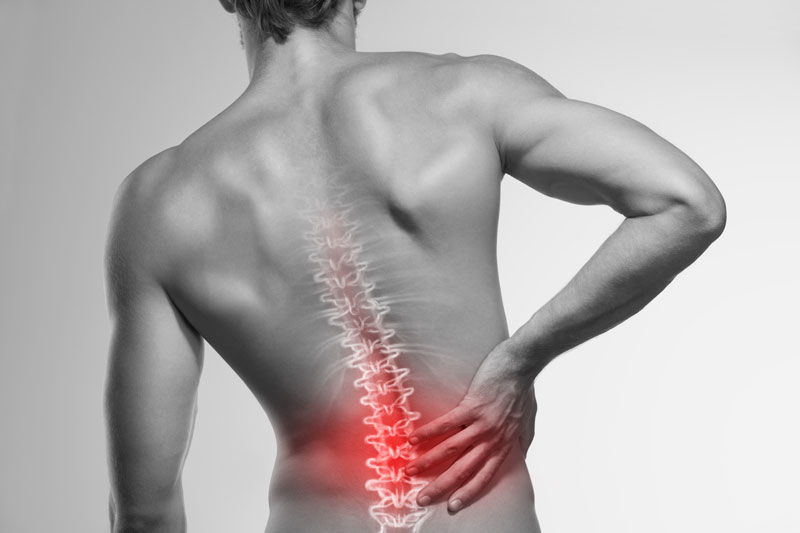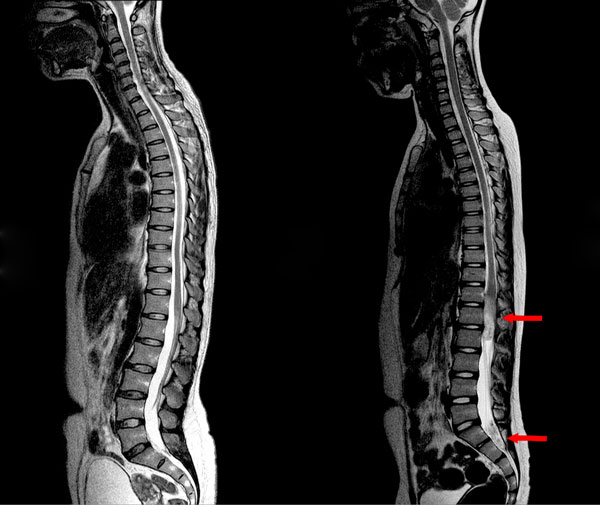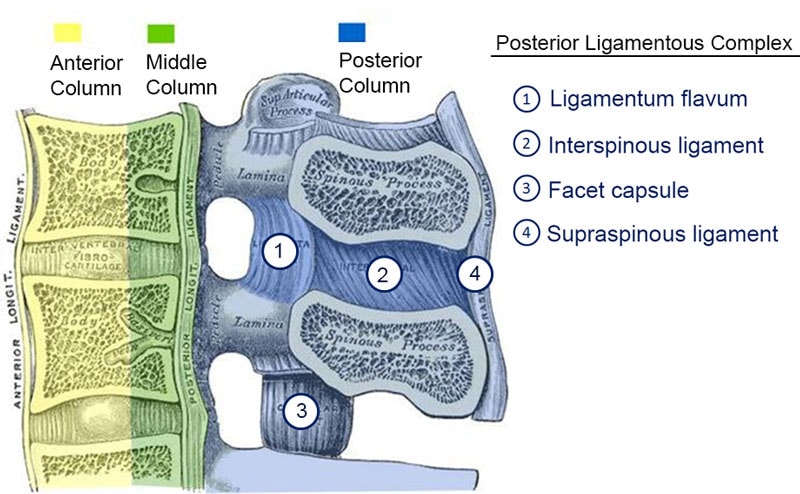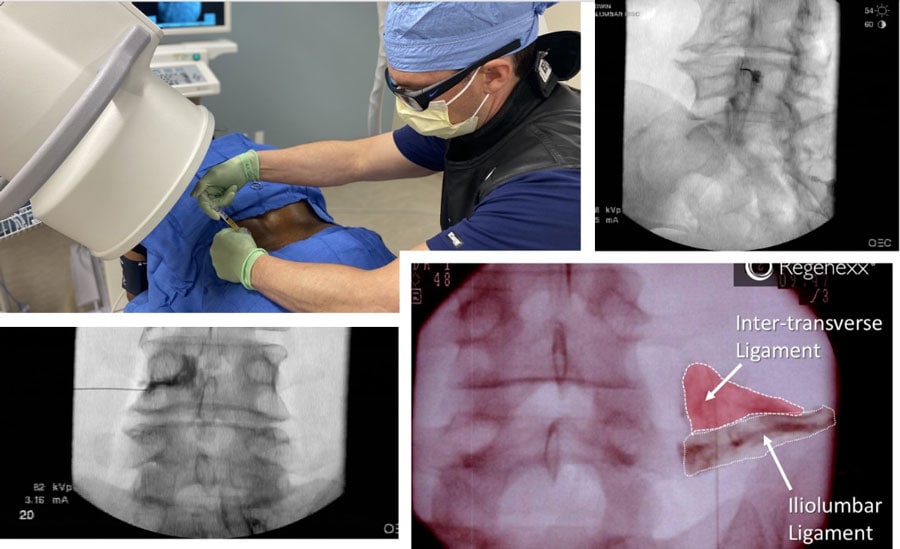The human spine is a remarkable structure, composed of intricate bones, joints, and discs that play a vital role in supporting our bodies and allowing us to move freely. However, as we age, various factors can lead to spine pain, affecting our quality of life. In this blog, we will delve into spine anatomy, the functional spinal unit, common causes of spine pain with age, and explore Platelet-Rich Plasma (PRP) as an emerging option for treating spinal pain.
Spine Anatomy
The spine is a complex structure consisting of 33 individual bones called vertebrae, which are categorized into five regions: cervical, thoracic, lumbar, sacral, and coccygeal. These vertebrae are stacked on top of each other, forming the spinal column. Between each pair of vertebrae are intervertebral discs, which act as cushions and shock absorbers.
The Functional Spinal Unit (FSU) is a crucial concept in understanding spine biomechanics. It consists of two adjacent vertebrae, the intervertebral disc, and the connecting ligaments and muscles. The FSU allows for various movements of the spine, such as flexion, extension, rotation, and lateral bending. Maintaining the health of the FSU is essential to prevent spine pain and dysfunction.
Common Causes of Spine Pain as We Age
As we grow older, several factors can contribute to spine pain, including:
- Degenerative Disc Disease: Over time, intervertebral discs can degenerate, leading to pain, stiffness, and reduced mobility.
- Herniated Discs: The gel-like substance within a disc can protrude or herniate, pressing on nearby nerves and causing pain.
- Facet joint Osteoarthritis: The breakdown of cartilage in the spine’s facet joints can result in pain and inflammation.
- Spinal Stenosis: Narrowing of the spinal canal can compress nerves, causing pain, numbness, or weakness.
- Spondylolisthesis: When one vertebra slips over another, it can lead to instability and pain.
Platelet-Rich Plasma (PRP) for Spinal Pain
Platelet-Rich Plasma (PRP) is a regenerative therapy that can be used in the treatment of various musculoskeletal conditions, including spinal pain. PRP is derived from the patient’s blood and contains a concentrated amount of platelets, growth factors, and cytokines that can promote tissue healing and reduce inflammation.
PRP treatment for spine pain typically involves injecting the patient’s own PRP into the affected area, such as damaged discs or facet joints. The growth factors in PRP can stimulate the body’s natural healing process and help repair damaged tissues. It’s considered a minimally invasive and potentially effective option for individuals with chronic spine pain.
Our Approach to Spinal Pain
Our approach to spinal pain includes 3 components:
- Comprehensive evaluation: This is where we review imaging to understand the structural issues and how it relates to symptoms. This is also where we discuss treatment options, candidacy, success rates and answer questions.
- Treatment of the functional spinal unit with PRP: For those that are considered candidates, we tend to treat the entire functional unit with PRP and platelet lysate to improve success and stability of the functional spinal unit. This means we can treat in or around the disc, the nerve space, joints, ligaments and muscles. This is all done with the use of fluoroscopy and ultrasound guidance. Some patients choose to have twilight IV sedation.
- Frequent follow up: After a treatment we have regular follow up to ensure we understand the progress and outcomes of the procedure performed. For those that derive partial benefit sometimes a 2nd or third treatment may be recommended.
Conclusion
Understanding the anatomy of the spine, the role of the Functional Spinal Unit, and the common causes of spine pain as we age is crucial for managing spinal health. Platelet-Rich Plasma (PRP) therapy is an option that holds promise for those seeking non-surgical alternatives to alleviate spinal pain.
If you’re experiencing spine pain, please call us to explore the best treatment options tailored to your specific needs.



